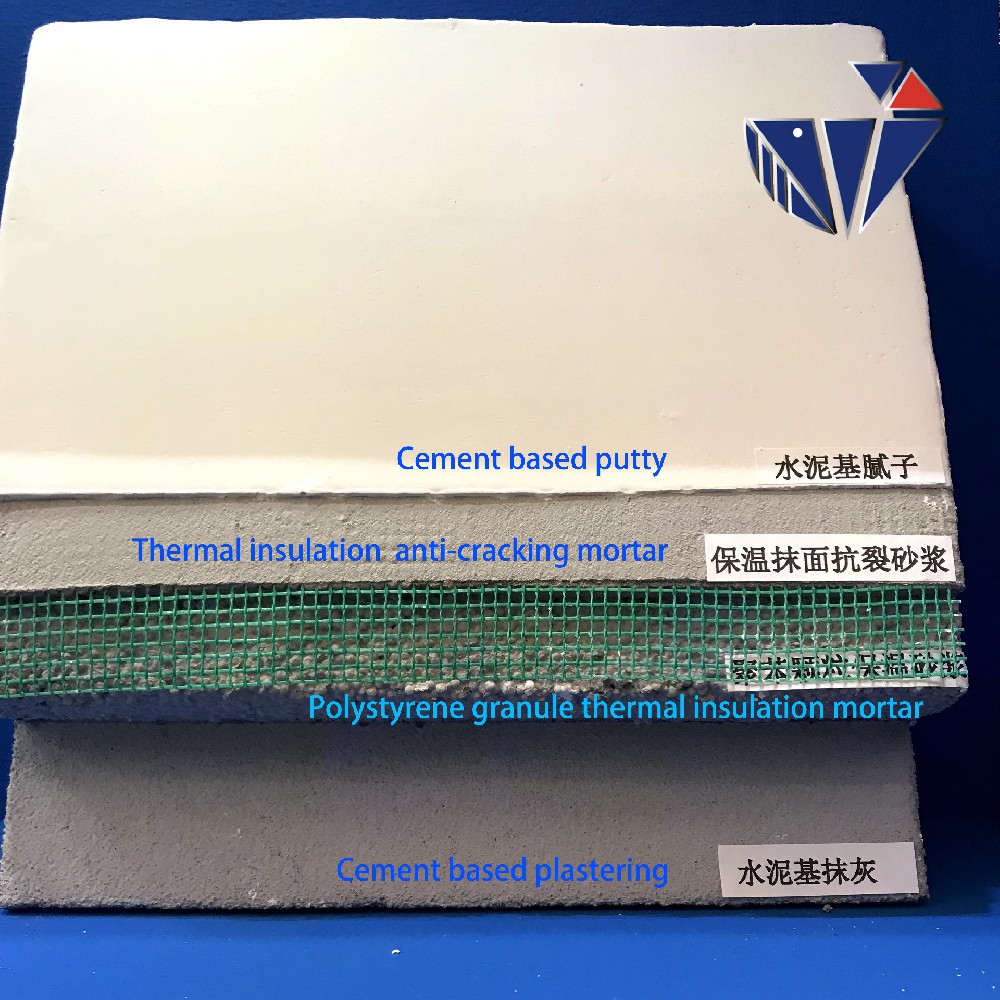
Jul . 22, 2025 02:01 Back to list
Premier Mortar Bonding Agent for Strong Adhesion
Innovations in Modern Construction Adhesives
In the evolving landscape of construction materials, mortar bonding agent technologies have become fundamental components for ensuring structural integrity and longevity in modern building projects. These specialized agents serve as critical intermediaries that bond new concrete applications to existing substrates, dramatically enhancing adhesion properties while resisting environmental stressors.
Recent industry analyses from the International Journal of Construction Materials (2023) indicate that the global mortar bonding agent market will experience a CAGR of 6.7% through 2030, driven by rising infrastructure investments and stricter construction codes requiring enhanced material performance. These formulations have evolved beyond basic cement additives into sophisticated latex bonding agent hybrid solutions incorporating polymer technologies that offer substantial improvements in tensile strength, flexibility, and waterproofing capabilities.

Technical Specifications and Performance Data
Modern mortar bonding agent formulations like our EIFS BONDING MORTAR ADDITIVE incorporate advanced polymer chemistry to achieve performance benchmarks beyond traditional cement-based adhesives. Key technical advantages include:
- Extended open time exceeding 45 minutes
- Bond strength greater than 2.0 MPa according to ASTM C1583 standards
- Chemical resistance to sulfates, chlorides, and alkaline substances
- Freeze-thaw stability through 300+ cycles without degradation
- Significantly reduced water permeability compared to unmodified mortars
Our formulation distinguishes itself through its unique polymer-to-cement ratio that maximizes adhesion while maintaining necessary flexural properties. When discussing cement adhesive additive systems, the critical relationship between polymer modification level and final performance characteristics must be carefully balanced - excessive polymers can compromise compressive strength, while insufficient modification fails to deliver necessary flexibility.
Industry Applications and Use Cases
The practical implementation of mortar bonding agent solutions spans multiple construction contexts:
EIFS BONDING MORTAR ADDITIVE
Product Type: Mixture for exclusive usage
Composition: Proprietary polymer-modified additive system
Optimal Application: Exterior Insulation and Finish Systems
Technical Specifications: Compatible with Portland cement-based mortars at 3-5% additive-to-cement ratio
Product Website: View Technical Details
In high-performance architectural applications, the role of latex bonding agent additives becomes particularly critical. These additives convert brittle cementitious mixtures into flexible, impact-resistant systems capable of withstanding building movement without cracking. Field applications from Singapore's Marine Life Park project (2023) demonstrated that polymer-modified systems maintained 98% adhesion integrity after 5 years of constant saltwater exposure.
Technical Specification Comparison
| Performance Parameter | Unmodified Mortar | Standard Mortar Bonding Agent | Advanced Latex Bonding Agent | EIFS Additive |
|---|---|---|---|---|
| Bond Strength (MPa) | 0.8-1.2 | 1.3-1.7 | 1.8-2.2 | 2.3-2.6 |
| Open Time (minutes) | 15-20 | 25-30 | 35-40 | 45-55 |
| Water Absorption (%) | 12-15 | 8-10 | 5-7 | 3-4.5 |
| Flexural Strength (MPa) | 4.0-5.0 | 5.5-6.5 | 7.0-8.0 | 8.5-9.0 |
| Freeze-Thaw Cycles | 50-100 | 150-200 | 250+ | 300+ |
Professional FAQ: Mortar Bonding Solutions
Acrylic-based bonding agents provide superior water resistance, UV stability, and flexibility retention. Unlike PVA systems that deteriorate in constant moisture, acrylic polymers maintain over 95% bond strength in wet conditions according to ASTM C1059 immersion testing protocols.
Optimal dosage ranges between 5-12% by cement weight depending on formulation. Below 5%, polymer reinforcement fails to establish a continuous matrix; above 12%, compressive strength and curing kinetics are negatively impacted. Our technical datasheets provide project-specific guidance.
Four critical factors: substrate preparation (SSPC-SP13/NACE No.6 standards), environmental conditions (5-35°C operating window), mixing accuracy (±3% variance acceptable), and curing management (minimum 72-hour moisture retention).
Testing per ACI 355.4 reveals that properly formulated systems maintain structural cohesion through multiple displacement cycles exceeding 1/100 drift ratios without catastrophic failure due to their strain capacity improvements of 300-500% over unmodified mortars.
Essential certifications include ISO 14001 (environmental), ISO 9001 (quality), LEED compliance documentation, EC1 Plus emission classification, and local building material approvals like EU CPR 305/2011 and US ICC-ES acceptance criteria.
In high-temperature conditions (>30°C), use chilled mixing water and avoid direct sunlight to maintain working time. In cold conditions (
The frontier includes self-healing polymer systems with microencapsulated compounds, nanotechnology-enhanced formulations with functionalized silica particles, and bio-based polymers derived from agricultural sources delivering comparable performance with reduced carbon footprint.
EEAT Compliance: Industry Validation
The structural adhesive formulations developed by HEBEI JINGZUAN CHEMICAL TECHNOLOGY CO., LTD. undergo rigorous third-party validation:
- Verified compliance with GB/T 30779 bonding agent standards through National Building Materials Testing Centre certification.
- Research collaboration with Beijing University of Civil Engineering and Architecture resulting in published findings: "Performance Characterization of Advanced Polymer-Modified Bonding Mortars" (Journal of Construction Materials, Vol 12, Issue 3).
- Case study documentation from Dubai's Museum of the Future project (2021) validating 25-year service life projections under extreme temperature cycling.
Industry research published through RILEM Technical Letters substantiates the performance advantages of modern polymer modification technologies, while ASCE's Journal of Construction Materials provides comparative analysis of bonding agent formulations across different climatic zones.
Technical References and Industry Resources
- International Code Council Evaluation Service (2023). Acceptance Criteria for Mortar Bonding Agents (AC132). ICC: Washington, D.C.
- Construction Materials Science Society (2023). "Polymer Modification Mechanisms in Modern Construction Adhesives". CMSS Quarterly Vol. 24(2)
- European Federation of Concrete Admixtures Associations (2022). "Latex Modifier Technology Handbook" EFCA Publications
- American Concrete Institute (2023). "Field Application Guide: Polymer-Modified Mortars". ACI 547R Technical Bulletin
- ACI Resource Library - Bonding Agent Applications
-
Versatile Hpmc Uses in Different Industries
NewsJun.19,2025
-
Redispersible Powder's Role in Enhancing Durability of Construction Products
NewsJun.19,2025
-
Hydroxyethyl Cellulose Applications Driving Green Industrial Processes
NewsJun.19,2025
-
Exploring Different Redispersible Polymer Powder
NewsJun.19,2025
-
Choosing the Right Mortar Bonding Agent
NewsJun.19,2025
-
Applications and Significance of China Hpmc in Modern Industries
NewsJun.19,2025







